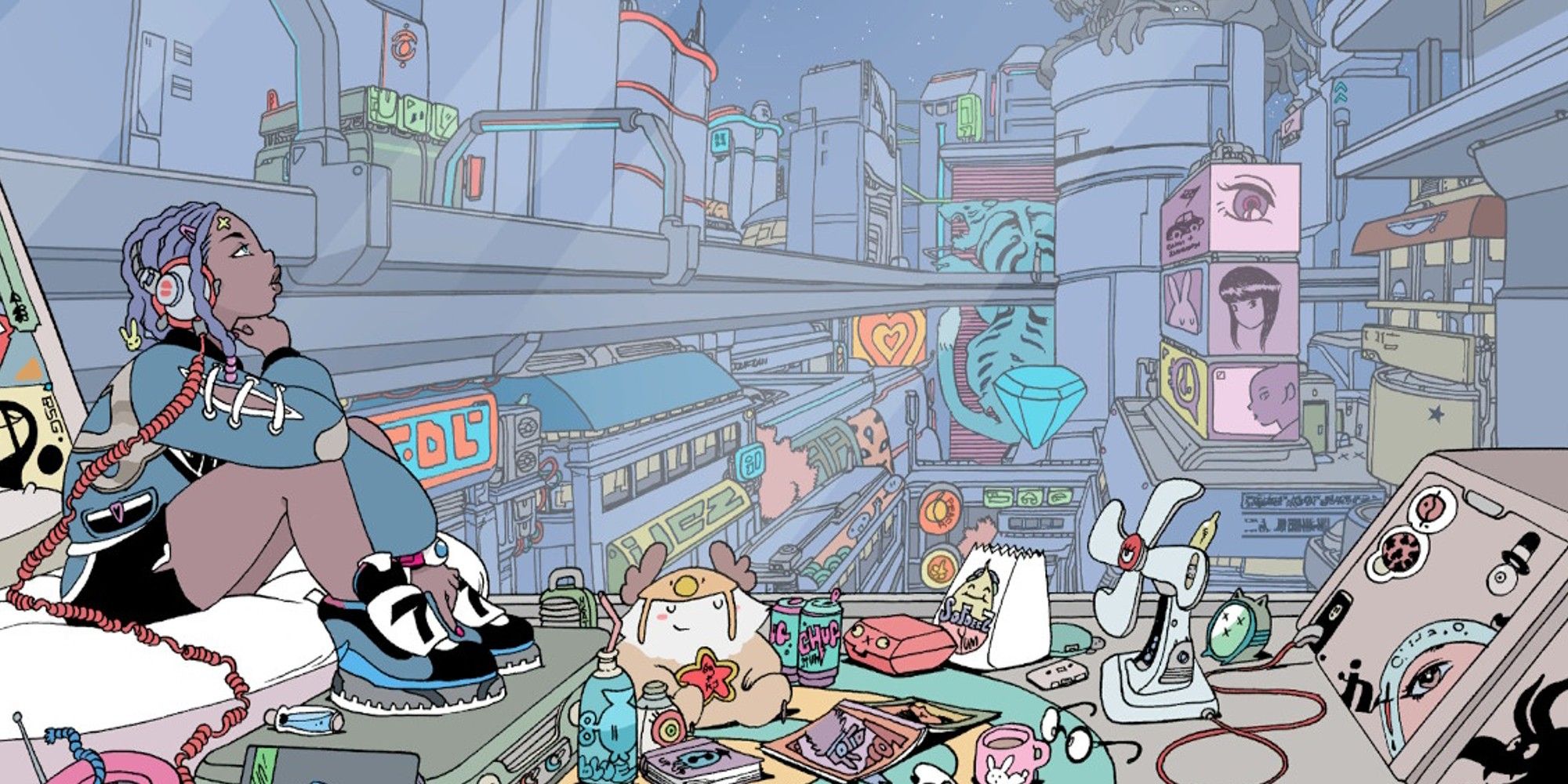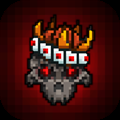
Fortnite's Chapter Four Season Two battle pass boasts a brilliant banner of the latest original character Imani, a Black woman with dreads rendered in a cel-shaded aesthetic, sitting by her window in Mega City, surrounded by clutter. Though Mega City feels a little clean and sterile for my cyberpunk tastes, this art by comic artist Brandon Graham goes a long way toward selling the idea that these quiet, lived-in moments are happening in the new metropolis, just out of sight.
To ground their settings as real places, games need things like this. Mega City has skyscrapers and neon and grind rails, but it doesn't feel cyberpunk, and that's mostly because there are no cyberpunks. For all its faults, Cyberpunk 2077 stuffed Night City full of characters who could believably live in that world. The game around them struggled to realize Night City as a truly believable place, but when you saw a character's outfit or apartment, CD Projekt Red used those concrete details to make them real.
RELATED: Live-Service Games Are Dead, Long Live Live-Service Games
Graham's Imani art seems to understand something that the in-game city doesn't. Clutter is key to a cyberpunk aesthetic. In Imani's little apartment, there is a Pizza Pit poster, a couple empty cans of some kind of Chug Jug soda, multiple stuffed animals, eyeglasses, a stationary fan, an alarm clock, a game controller, fast food containers, a cassette player and loose tape, a Peely doll, a rug, a water bottle, a magazine, stickers, a bean bag bed, and more. Beyond the window, we can see the night sky which gives the image an evocative flare. But, beneath that, there's a similarly cluttered city, with storefronts, a floating diamond, tons of screens, and a lurking robotic monster on one of the buildings. This is how it looks in game:
Clutter may seem like a dirty word, but real-life is cluttered, and cyberpunk typically imagines cities that are even more crowded with the grit of the everyday than our own. Blade Runner is a proto-cyberpunk classic, in large part, because Ridley Scott approached its production design as if the Los Angeles of 2019 would be a real place occupied by real people from real cultures. Each frame is filled with visual information, with neon lights and advertisements and people on bicycles and steam rising from noodles. Graham's banner art seems to take a similar, though pastel-hued approach, giving its heroine a tiny apartment (at least the portion we can see), that is still full of personal touches.
I would love to see more of this in the game itself. I suspect Mega City is less detailed than it could be because Fortnite needs to run on a wide variety of machines, and the crowded metropolis is already pushing how much an iPhone or Android can handle. I'm playing on Switch and the game really starts to chug once you get within city limits. When you make a game that everyone can play, there are necessarily going to be some compromises to make that possible. Still, it's hard to not feel like the city is a little bare, and I would love to see Mega City get some of the same personal touches Graham has granted to Imani's room.
NEXT: Fortnite, Please Stop Releasing Skins I Want To Buy













